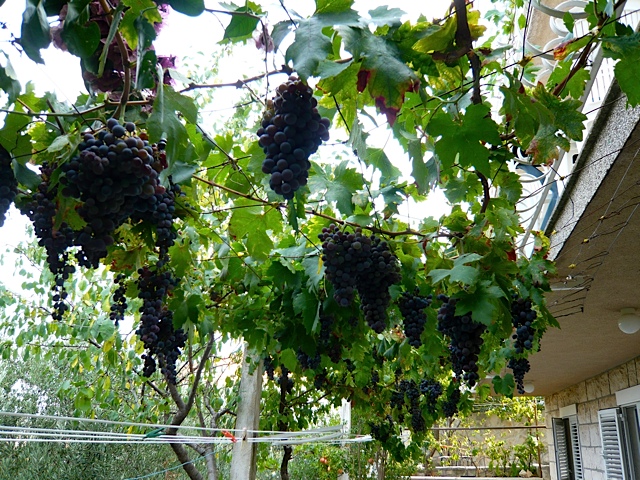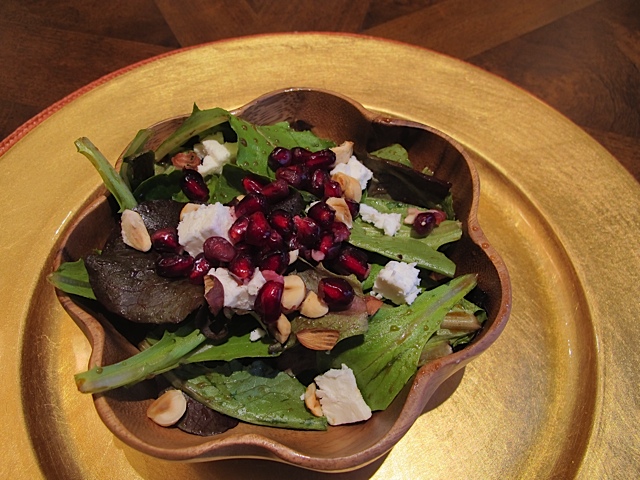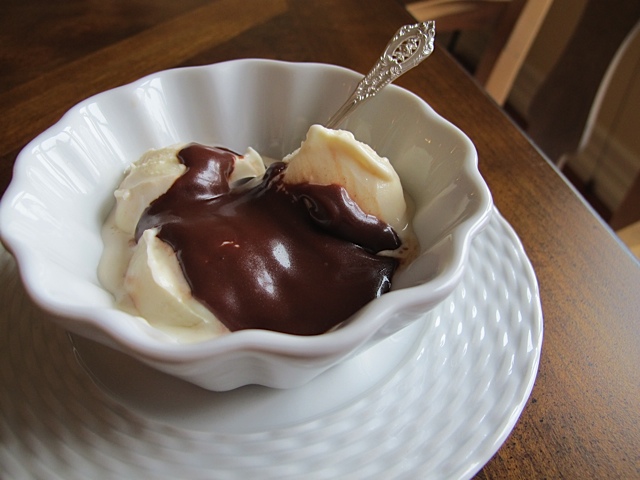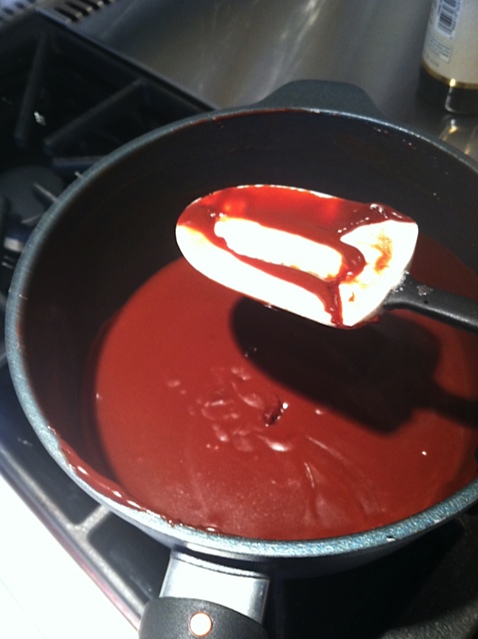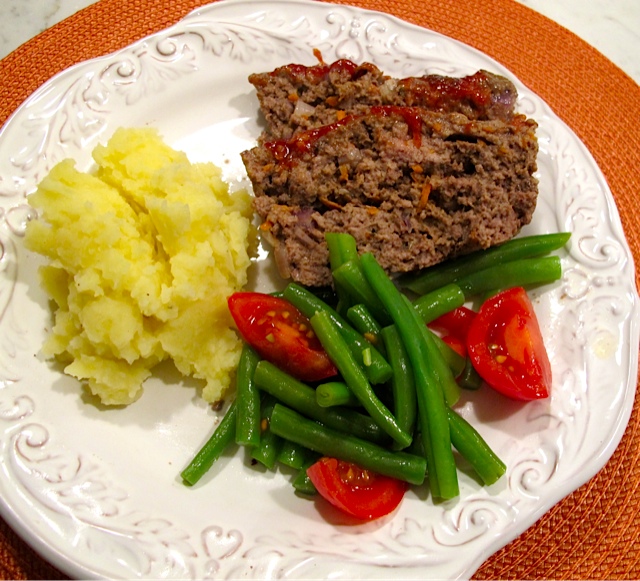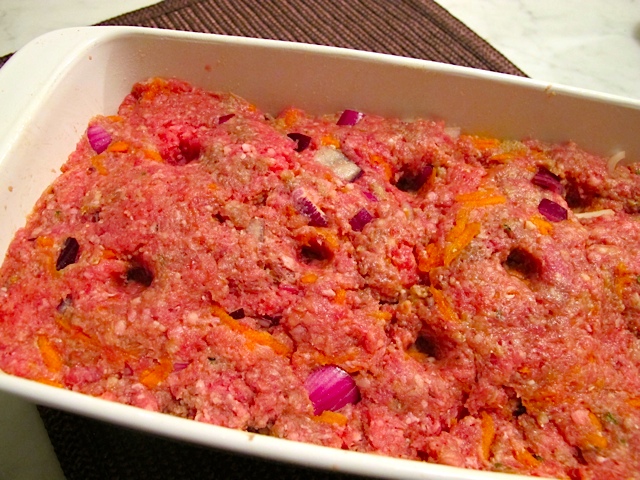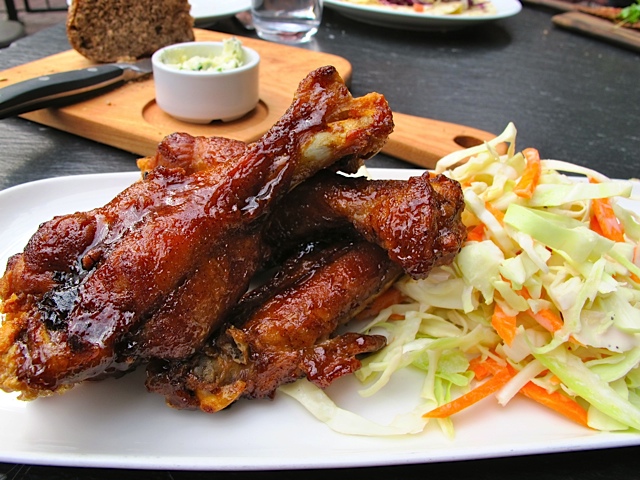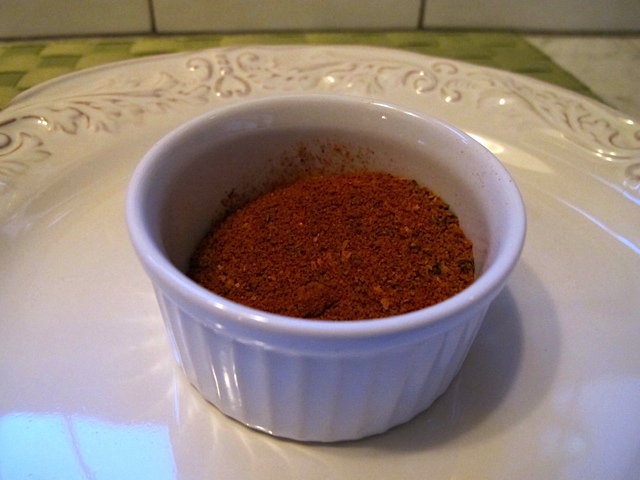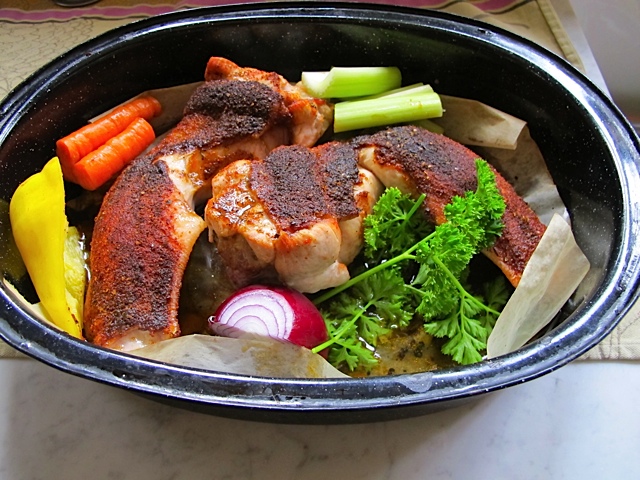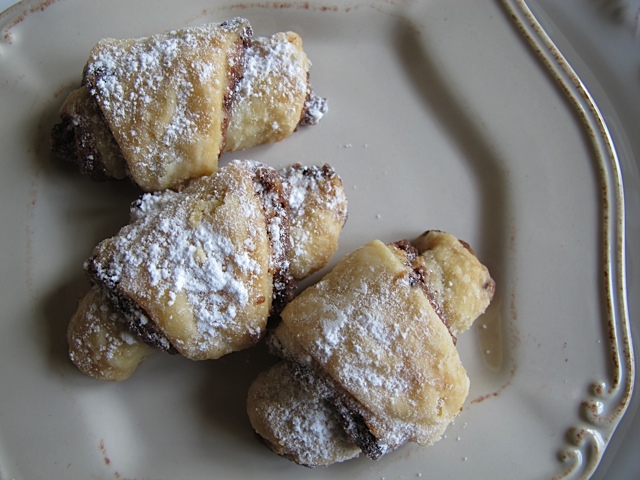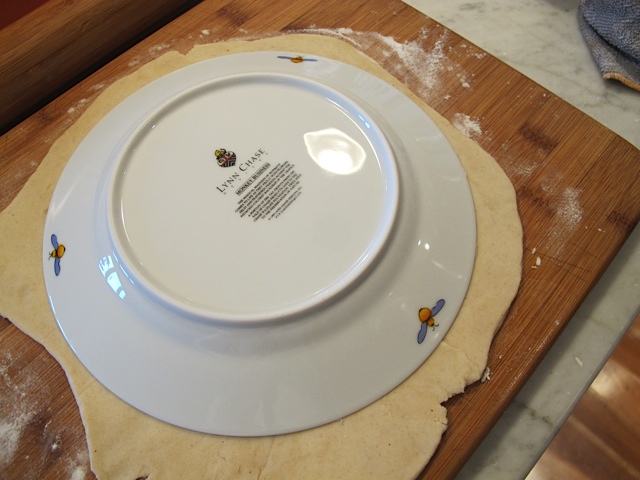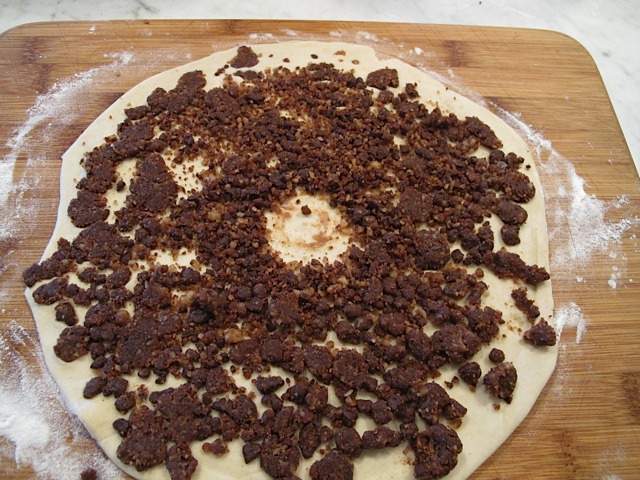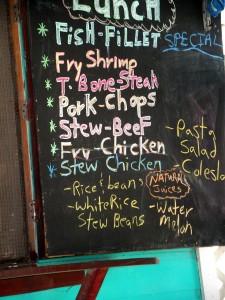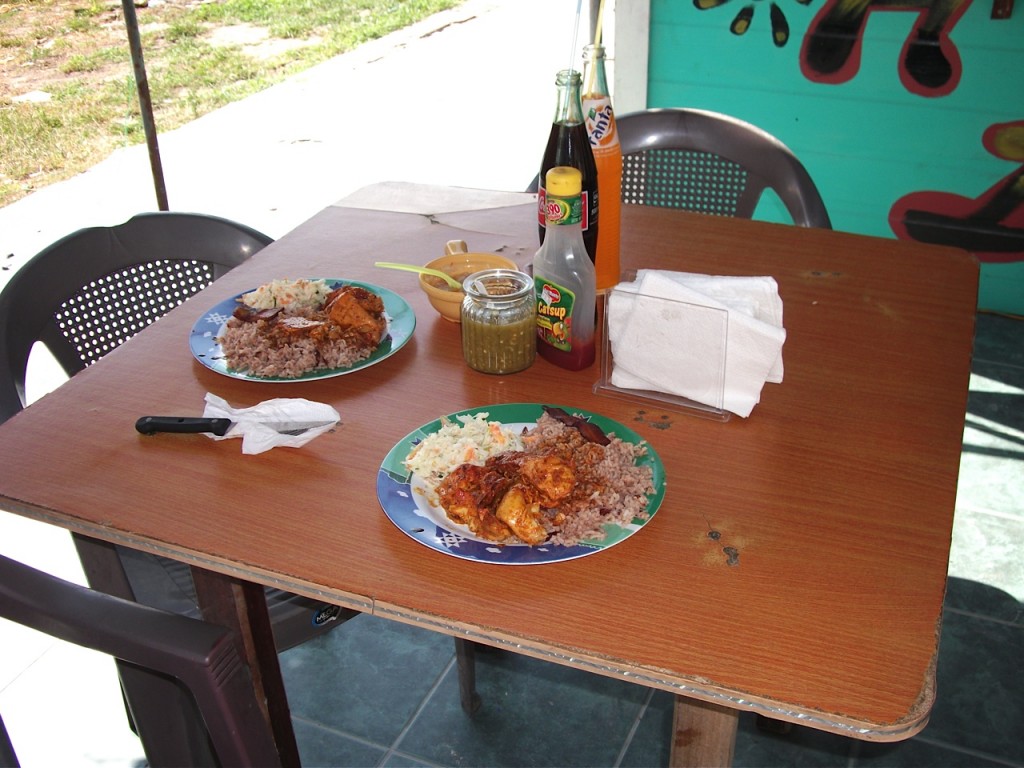Click here to view recipe.
It’s been two years since we travelled to Croatia with our dear friends Mark and Linda – but it feels like yesterday. On most of my adventures I have a pretty good idea of what to expect but I didn’t really know much about this region and was excited to get “off the beaten path.” I certainly wasn’t disappointed. As soon as we landed we were struck by the striking, ancient architecture and the sheer beauty of the land.
The trip was very loosely structured – we only reserved a hotel for the first two and final two nights. Other than that – we decided to wing it! The four of us met in Zagreb, Croatia’s largest city and its capital. After spending a few days in this beautifully preserved, historic city we rented a car and drove down the Dalmatian Coast and took ferries to visit the islands of Split, Korcula, and Hvar, ending in historic Dubrovnek, an old maritime city nestled on the Adriatic Sea. Along the way we stayed in “sobes” (pronounced SO-bay) which were rooms the locals rented out, usually featuring a small kitchenette and attached to a larger home where the owners lived.
We took the ferry to the Adriatic island of Korcula, perhaps my favorite place. Up and down the hilly streets were red tile roofed houses and medieval sites. The island was amazingly clean, quiet and walkable with interesting beaches, restaurants and vistas everywhere we turned. We found lodging just by strolling up and down the streets and looking for signs that rooms were available. The unit we stumbled upon was actually an apartment with two bedrooms, a shared bathroom, a lovely kitchen and even an outdoor area.
Growing outside were fat, ripe purple grapes that were sweeter than any I’d ever tasted. Mediterranean herbs also grew wildly, making the air distinctly sweet and fragrant. My favorite feature of this sobe was the pomegranate tree. I’d never seen one before and it was exotic and colorful, laden with fruit that we picked ourselves. The owner of this beautiful home gave us a bottle of local herbal brandy that she made along with yeasted coffee cake – typical of Croatian fare.
I’ve been thinking of this wonderful trip recently because pomegranates are everywhere I look – filling the produce stands and decorating holiday wreathes. And for years I’ve been making the most delicious pomegranate salad dressing so I thought I’d share it. The dressing and the salad I traditionally make alongside it are so fresh and bright-tasting – the perfect accompaniment to the many heavy dishes we eat during these cold months. I made it right after Thanksgiving and have served it at least five times since then!
Pomegranate Dressing
Makes about 1 cup
Ingredients:
- 3 Tbsp water
- ½ tsp salt
- ¼ cup canola oil
- ¼ cup extra virgin olive oil
- ¼ c pomegranate molasses*
- 2 Tbsp-4 Tbs honey (add enough to taste) I use 4 Tbsp or 1/4 cup because I like a sweeter dressing)
* Though pomegranate molasses might sound exotic and difficult to find – I’ve seen it everywhere – even at the grocery stores in Iowa! It’s delicious in all sorts of dressings and sauces so I hope you’ll buy a bottle and try it out. The brand at my supermarket is “Cortas” and comes from Lebanon
Instructions:
Combine everything in a small bowl and whisk together to emulsify. Add honey or molasses to taste. The salad dressing can be kept unrefrigerated for up to a week
Serve with seasonal greens or arugula, pomegranate seeds or pear slices, Marcona almonds or toasted nuts of any kind, or feta or goat cheese, or avocado. The salad pictured in this post contains baby romaine, roasted chopped hazelnuts, cubed feta cheese and pomegranate seeds. I like to begin by putting some dressing in the bottom of my wood salad bowl, then add the lettuce and toss until coated. I add the cheese and seeds at the end so they remain colorful.
Note: a trick I learned a while back is to cut the thick skinned pomegranate in half, then put both halves into a bowl of cold water. I then break it apart under the water and scoop out the seeds under the water as well. The white pithy stuff that floats to the top can be skimmed away, and I end by straining the seeds and drying them well. Using this method to retrieve the seeds, my hands are not stained red and there aren’t squirts of pomegranate juice all over my kitchen. The drained, dried off seeds stay in a covered container in the refrigerator for 10 days or so. I love pomegranate seeds in salads or used as a topping for hummus or other bean dips, and even on top of my granola with yogurt and honey.




